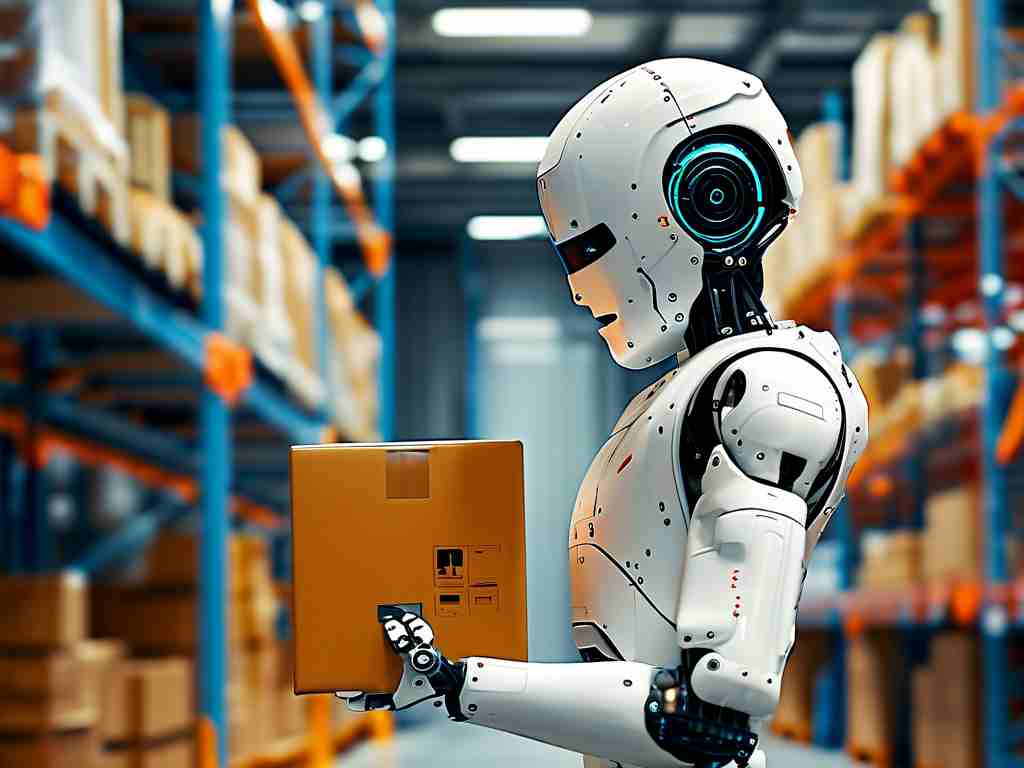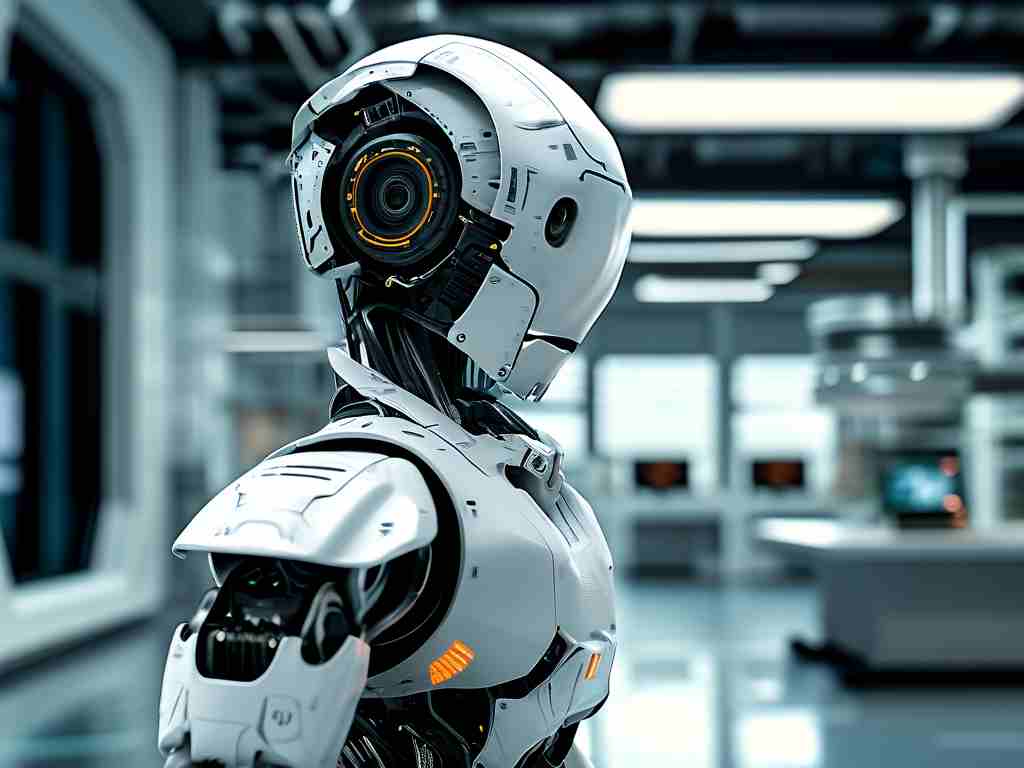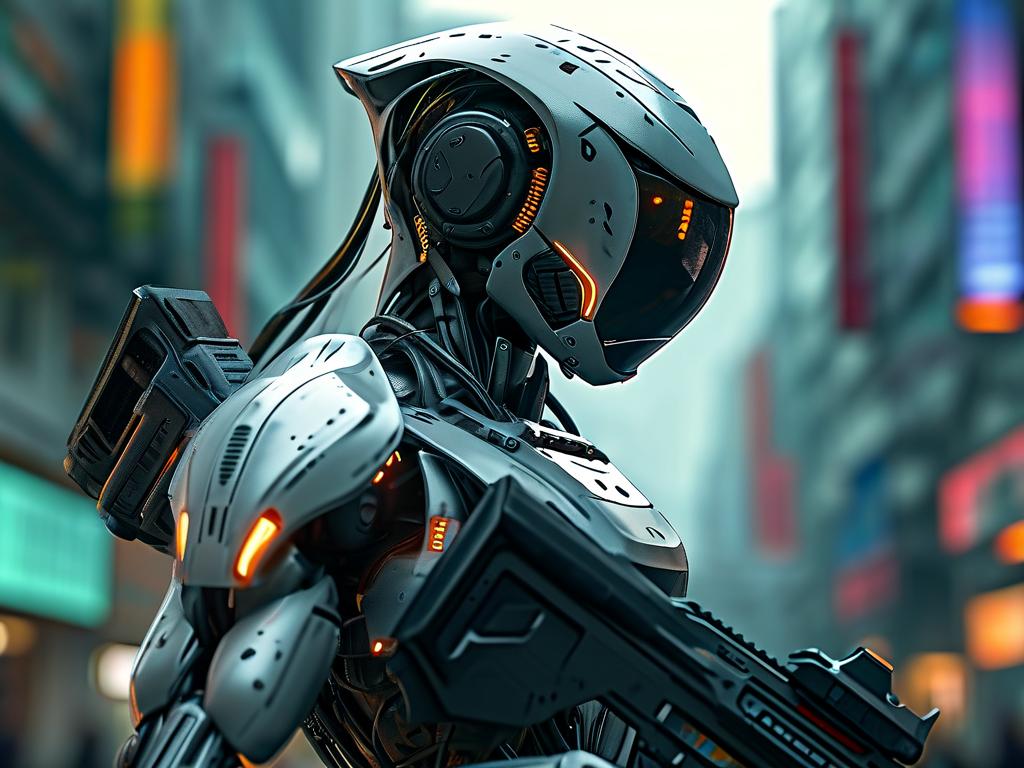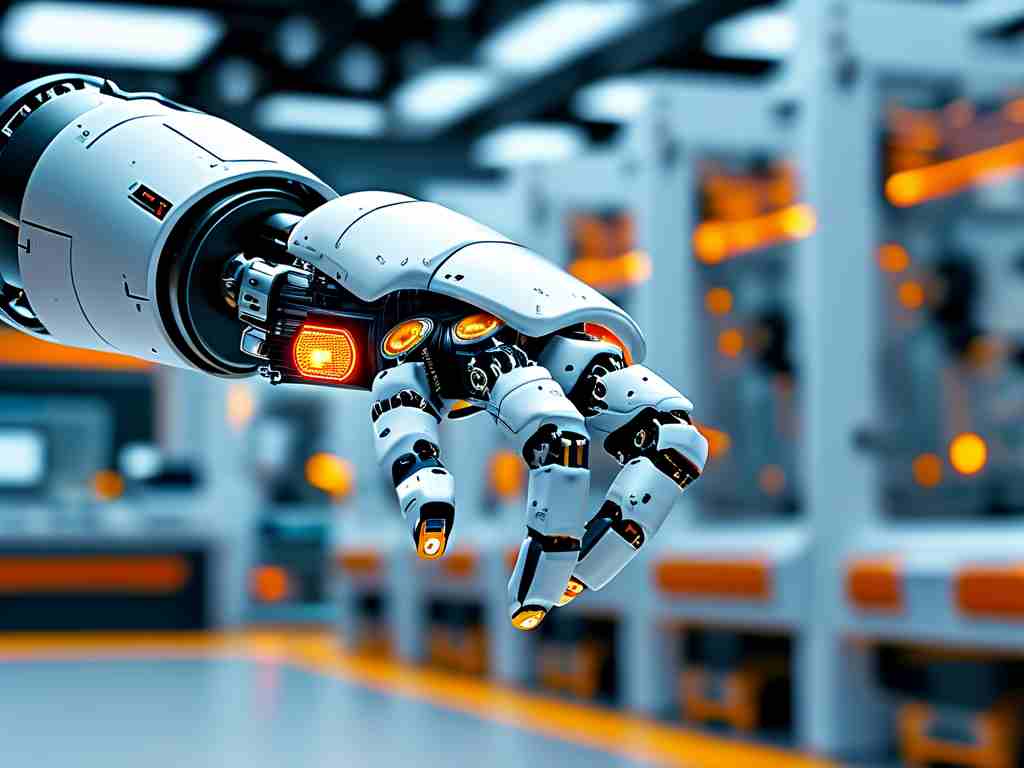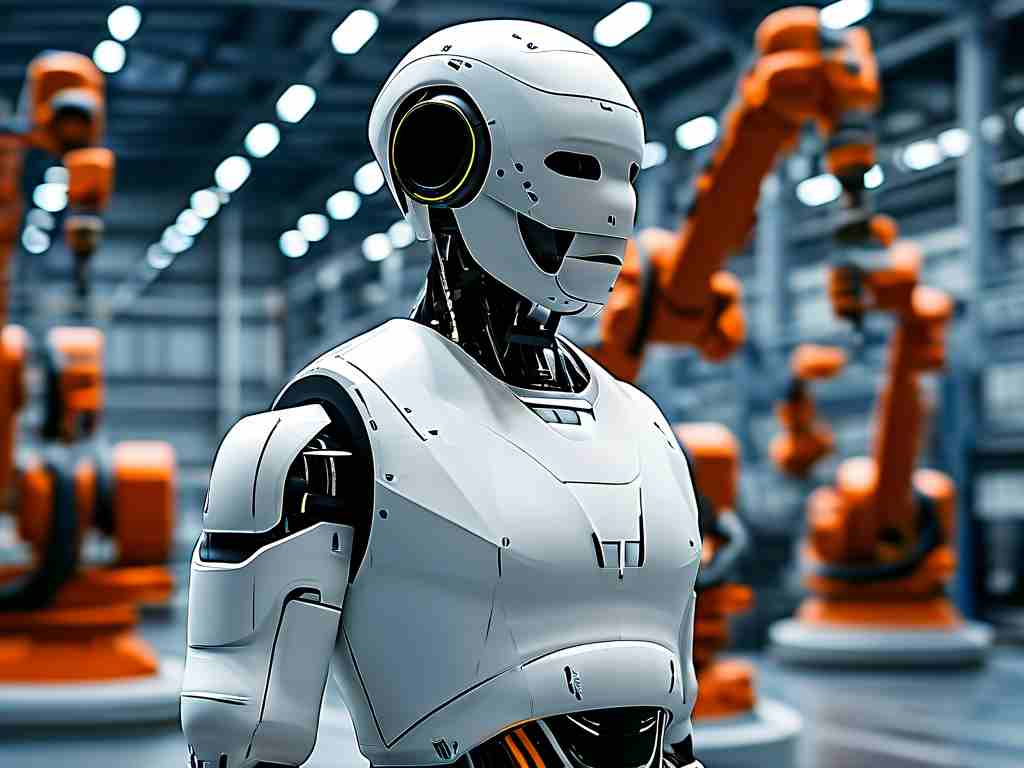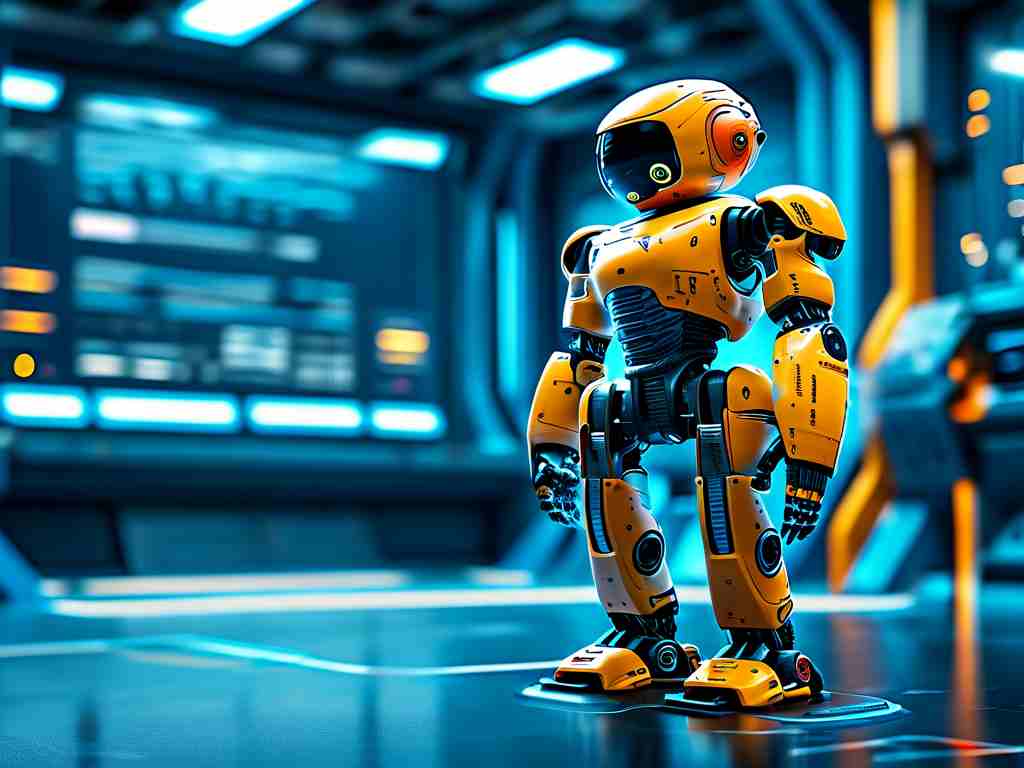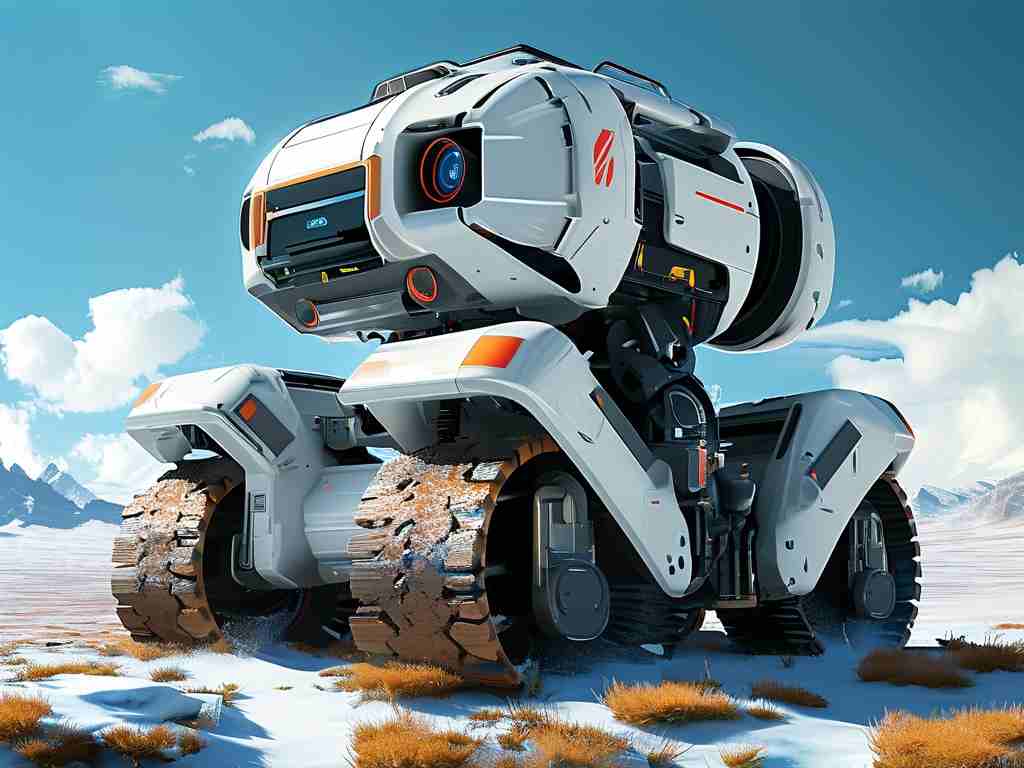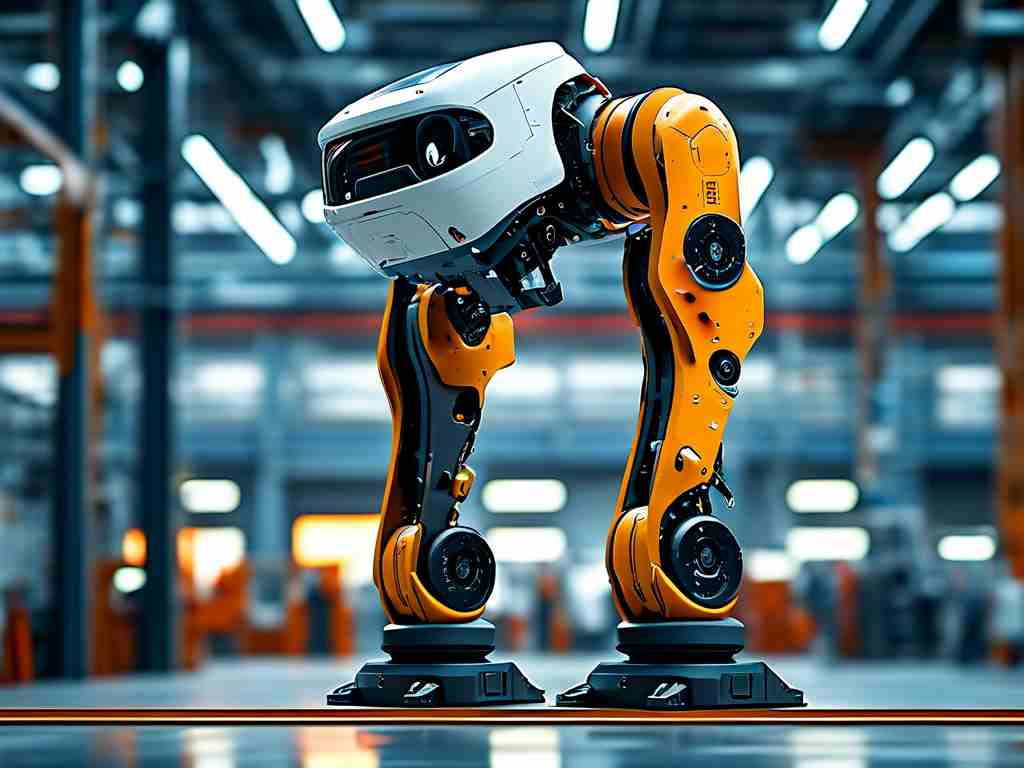By 2025, the integration of advanced robotics into daily life will reach unprecedented levels, driven by breakthroughs in artificial intelligence, sensory systems, and adaptive learning algorithms. These machines are no longer confined to factory assembly lines but are evolving into collaborative partners capable of understanding context, predicting needs, and making real-time decisions. This transformation will reshape industries, redefine workforces, and challenge our ethical frameworks.
The Evolution of Autonomous Systems
The robotics of 2025 leverage multimodal perception systems that combine visual, auditory, and tactile inputs. For instance, industrial robots equipped with LiDAR and thermal imaging can now navigate dynamic environments like construction sites, adjusting their paths to avoid collisions with human workers. Meanwhile, service robots in healthcare use voice recognition to interpret patient requests, while their pressure-sensitive grippers handle delicate instruments during surgeries. A study by the Global Robotics Institute predicts that 40% of repetitive medical tasks, such as sterilization and medication sorting, will be automated by mid-2025.
What sets this generation apart is its capacity for "contextual learning." Unlike earlier models that relied on pre-programmed instructions, 2025’s robots employ neural-symbolic AI—a hybrid approach merging deep learning with logic-based reasoning. This allows them to adapt to novel scenarios, such as diagnosing machinery faults in wind turbines by cross-referencing sensor data with maintenance manuals. Companies like Siemens and Boston Dynamics are already testing prototypes that troubleshoot equipment errors without human intervention.
Economic and Social Implications
The workforce landscape will undergo significant shifts. While automation will displace certain roles, particularly in logistics and manufacturing, it will also create specialized jobs in robot maintenance, AI ethics auditing, and human-robot interaction design. For example, Amazon’s recent announcement of its "Cobot Certification Program" aims to retrain 20,000 warehouse employees as robotics supervisors by 2025.
However, this transition isn’t without controversy. Labor unions in the automotive sector have raised concerns about job security, prompting governments to draft "automation taxation" policies. Under these proposals, companies replacing over 15% of their workforce with robots would fund vocational training initiatives. South Korea’s pilot program in Busan has already allocated ₩230 billion ($170 million) to upskill workers in AI-driven manufacturing.
Ethical Frontiers
As robots become more autonomous, questions about accountability intensify. A 2024 incident involving a delivery drone malfunction in Tokyo—which damaged property due to a software glitch—sparked debates about liability frameworks. Legal experts argue that future regulations must distinguish between errors caused by hardware failures, algorithmic biases, or human oversight. The European Union’s upcoming Artificial Intelligence Act, set for ratification in 2025, mandates "explainability protocols" requiring robots to log decision-making processes in readable formats.
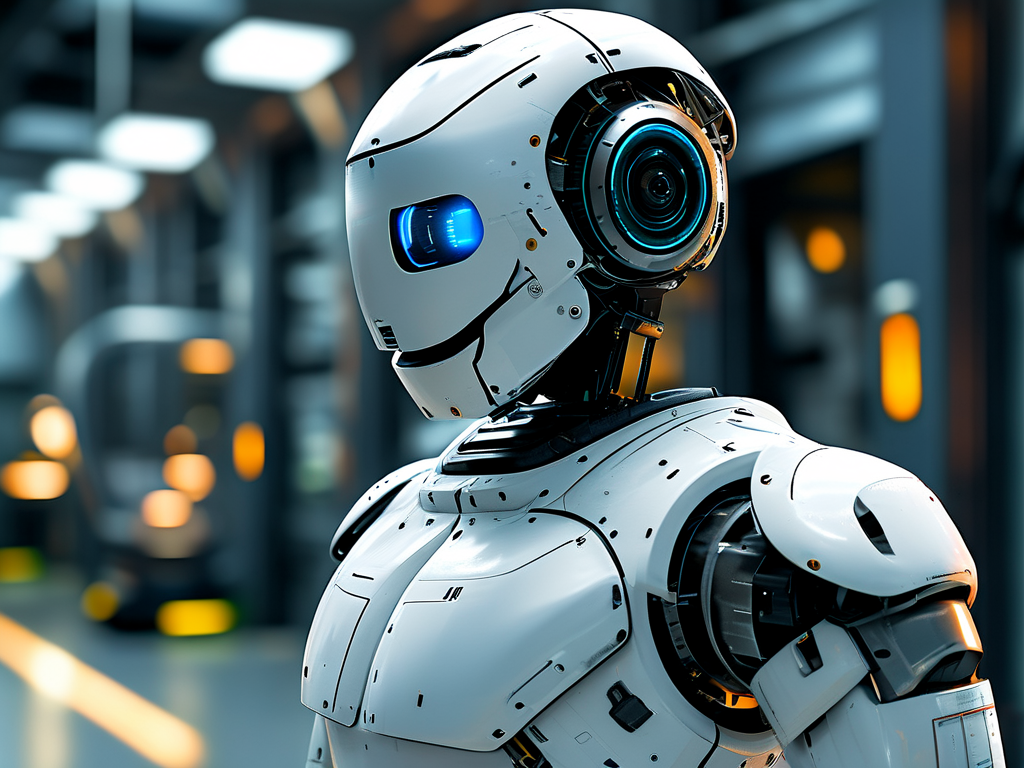
Privacy is another battleground. Domestic robots equipped with cameras for tasks like elder care could inadvertently capture sensitive data. Startups like Nuro have responded by developing edge-computing solutions that process information locally rather than uploading it to clouds, reducing hacking risks.
The Road Ahead
By late 2025, human-robot collaboration will extend into creative domains. Google’s DeepMind recently demonstrated a robot that composes music by analyzing emotional cues from human collaborators, while architectural firms use AI-driven drones to 3D-print eco-friendly building materials. These innovations hint at a future where machines augment human creativity rather than replace it.
Yet, technical hurdles remain. Battery efficiency for mobile robots still lags behind demand, and public skepticism about AI’s societal role persists. Addressing these challenges will require cross-industry collaboration—and perhaps a reimagining of what it means to coexist with intelligent machines.
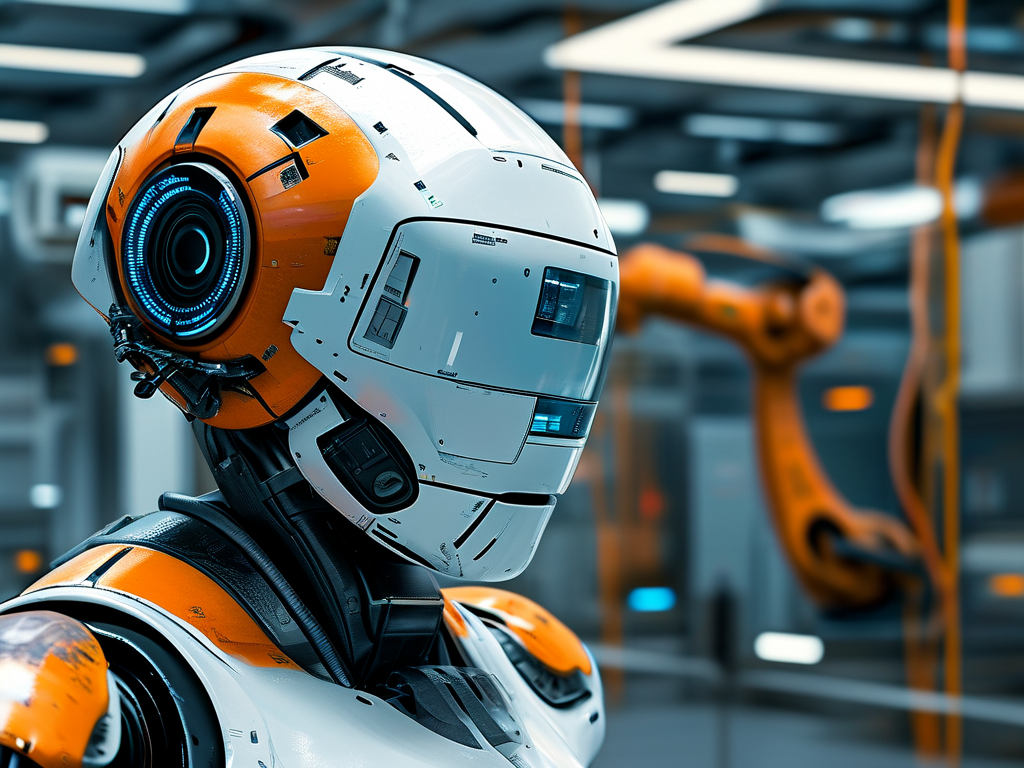
In , the robotics revolution of 2025 isn’t merely about smarter machines; it’s about designing ecosystems where technology amplifies human potential. From hospitals to construction sites, these systems will test our adaptability, but they also offer solutions to global challenges—if we navigate this transformation thoughtfully.


